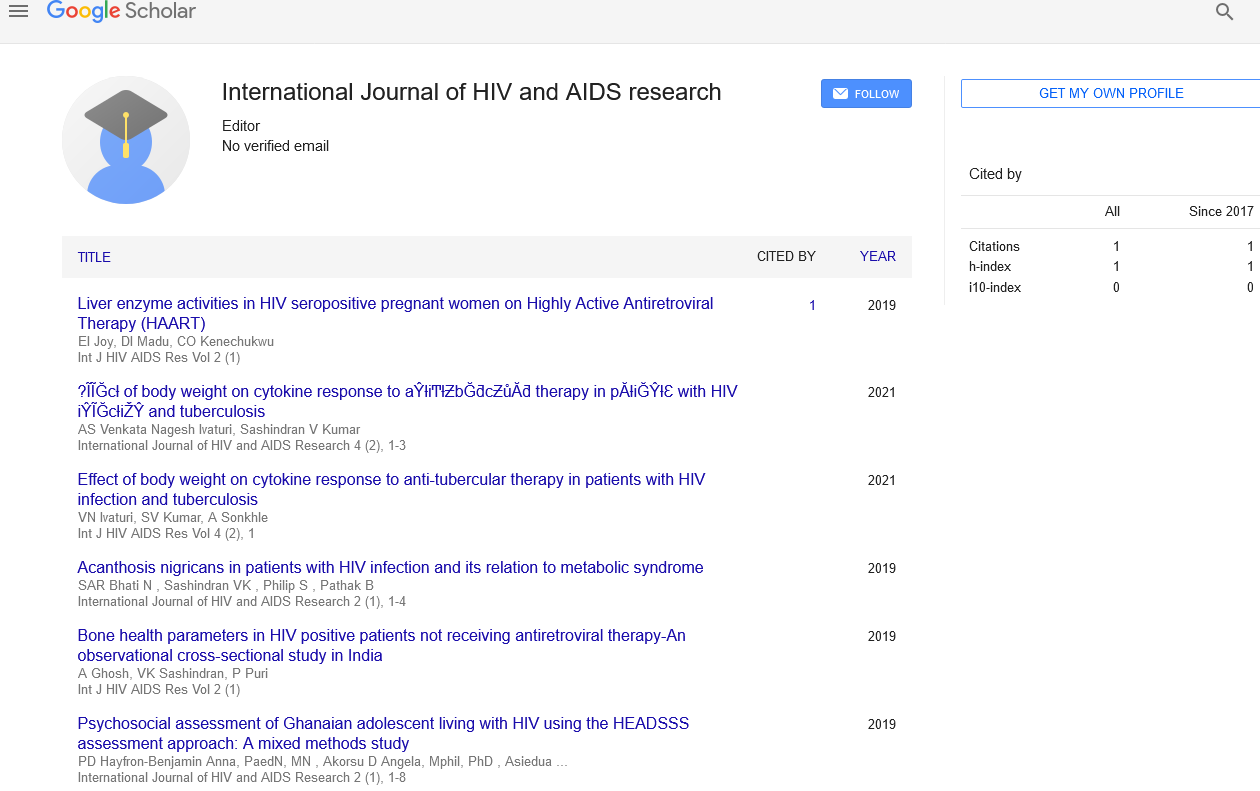
Sign up for email alert when new content gets added: Sign up
Evaluation of performance of Deki reader of rapid diagnostic test for malaria diagnosis in rural military health facilities in Tanzania
International Conference on Sexually Transmitted Diseases, AIDS and Parasitic Infections & Parasitology, Infectious Diseases, STDs and STIs
September 21-22, 2017 San Antonio, TX, USA
Akili Kalinga, Charles Mwanziva, Christopher Mswanya, Deus Ishengoma, Lucky Temu, Lucas Mahikwano, Saidi Mgata, George Amoo, Lalaine Anova, Eyako Wurrapa, Nora Zwingerman, Santiago Fero, Geeta Bhat, Ian Fine, Mark Hickman, Colin Ohrt and Reginald Kavishe
National Institute for Medical Research, Tanzania
Henry Jackson Foundation Medical Research International, Tanzania
Tanzania Peoples Defense Force, Tanzania
Walter Reed Army Institute of Research, USA
Fio Corporation, Canada
Amethysist Technologies LLC, USA
Kilimanjaro Christian Medical University College, Tanzania
Posters & Accepted Abstracts: J HIV AIDS Res
Abstract :
Introduction: Although Microscopy is a standard diagnostic tool for malaria, is used at minimal with unreliable results because of unavailability of laboratory facilities in poor resource countries. Malaria Rapid diagnostic Tests (mRDTs) are currently advocated and used as adjunct to microscopy. However, at very low parasitaemia (<100 p/├?┬╝l) the test line on mRDT is very weak to be seen and consequently affecting interpretation of test results and patient care. Fio Corporation in Canada has developed a ruggedized portable, universal Deki Reader of mRDTs (DR of mRDTs) to perform automatic analysis and interpretation of RDT. However, before deploying the device for medical care in Tanzania, we evaluated its performance against microscopy as a reference test and compared to human interpretation of mRDTs. Methods: The cross-sectional study employed 1,293 outpatients with fever who were recruited and tested for malaria using mRDT and microscopy techniques. Finger prick blood was prepared on mRDTs according to manufacturer├ó┬?┬?s instructions and test performed as guided DR of mRDT. Thick and thin blood smears were also prepared as guided by standardized template, stained and read by specialized Microscopist. We compared the performance of DR of mRDT to human interpretation of mRDT against microscopy as gold standard Results: Positivity rates by mRDT were 59.9% (775/1293) and 60.1% (777/1293) as interpreted by Human and DR respectively; parasitaemia prevalence by microscopy as reference test was 48.4% (626/1293). The sensitivity of mRDTs interpreted by DR was 94.1% and that of manual interpretation was 93.9%. The specificity of DR of mRDT was 71.8% and that of human was 72.0 %. Positive Predictive Value (PPV) of mRDT by DR and human was 75.8% and 75.4% respectively. The negative predictive value (NPV) of mRDT by DR was 92.8% and by human was 92.4%. There was no significance difference in sensitivity, specificity, PPV, NPV and accuracy of mRDT interpreted by DR and that of human interpretation Conclusion: The performance of DR in interpreting mRDTs was found to be similar to human manual interpretation. There is a need to conduct more evaluations of performance of the device in different epidemiological settings and by using other type of mRDT assays for malaria diagnosis before validating its use in Tanzania.




